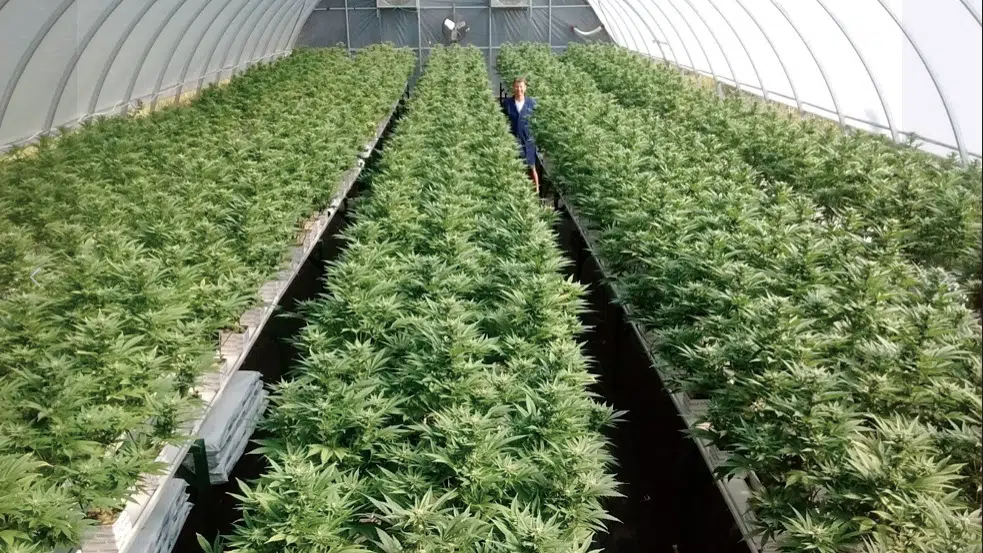
Farmers Co-op champions small producers amidst corporate dominance and regulatory challenges
Before the legalisation of cannabis in 2018, all Canadian cannabis producers were small farmers operating in the illicit or medical cannabis market.
Seemingly endless and expensive regulatory hurdles and challenges have made it difficult, if not impossible, for these experts to transition into the legal market, while large companies and corporations continue to stake their ground in the sector.
The B.C. Craft Farmers Co-op has a mission to provide British Columbia’s small and medium-sized producers and processors with a safe, accessible, and sustainable alternative to the illicit market. By doing so, they help to provide medical and recreational consumers around the world with high quality cannabis, in turn helping to maintain B.C.’s top position as an international cannabis leader and innovator.
Co-op secretary David Hurford explained there is a systemic advantage that larger cannabis companies have over smaller producers.

